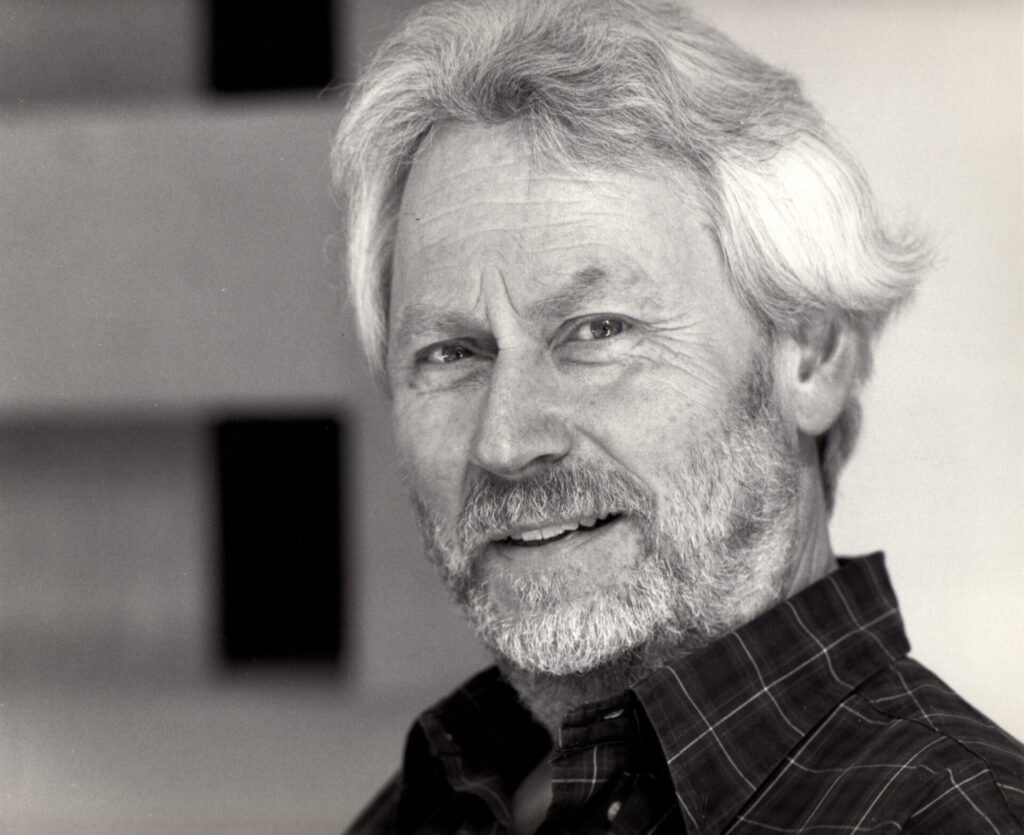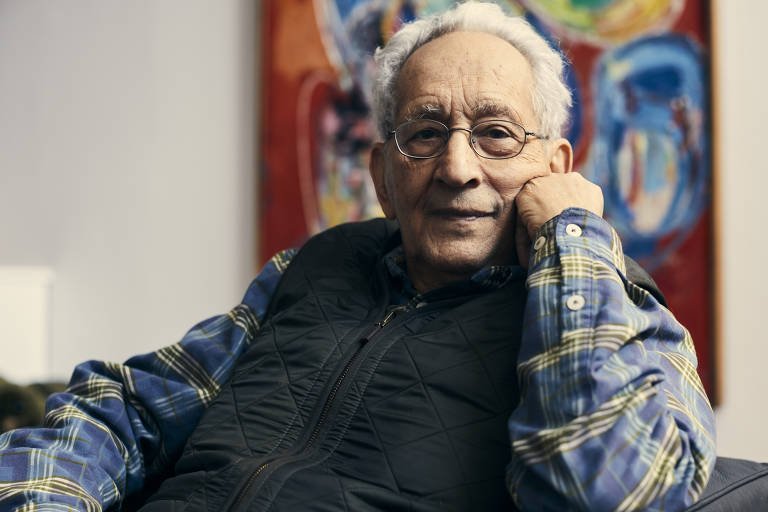When observing a work by Donald Judd, the viewer is immediately confronted with the material silence of form. Unlike the sculptural tradition that shaped matter to represent something, Judd proposed a radical break: sculpture should simply exist, occupy space, and more than that, become space itself. This vision redefined the contours of Minimalism and opened new paths for contemporary art.
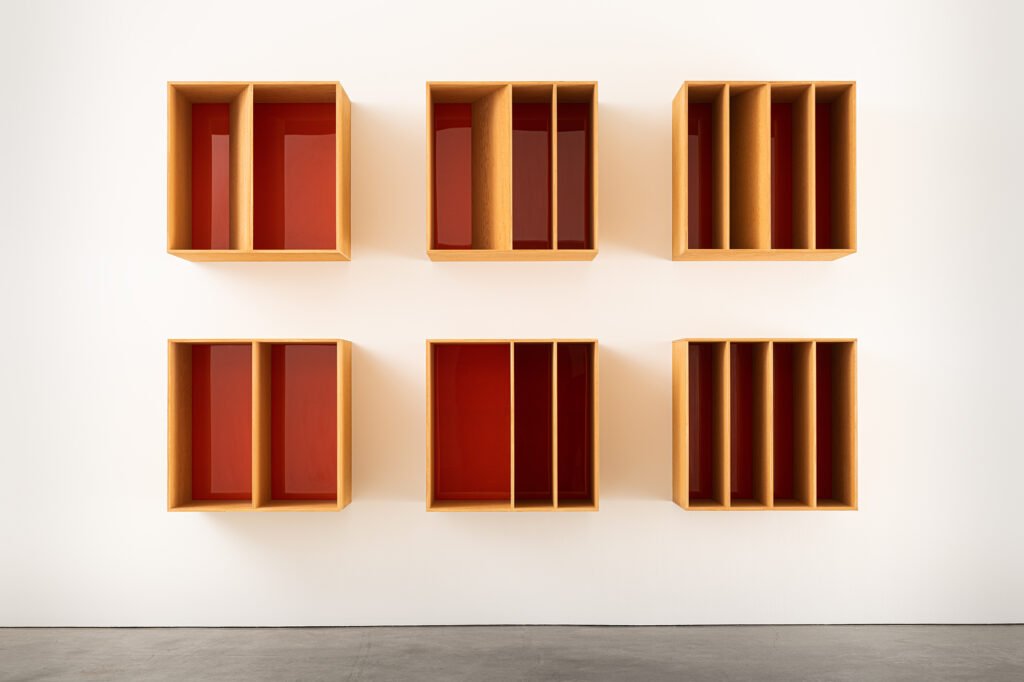
In the 1960s, as the United States went through a period of intense social and political upheaval, artists sought new visual languages to break away from earlier Expressionism. Donald Judd emerged as one of the leading figures of this movement. He abandoned representation and defended the physical presence of the work as the message itself.
In his view, sculpture ceased to be an object and became a spatial experience.
The Formal Revolution: When Art Rejects Excess
Judd’s proposal emerged at a time when the emotional excess of Abstract Expressionism was beginning to feel unsustainable. In 1965, he published the essay Specific Objects, in which he rejected both traditional sculpture and painting, proposing a new category of art object.
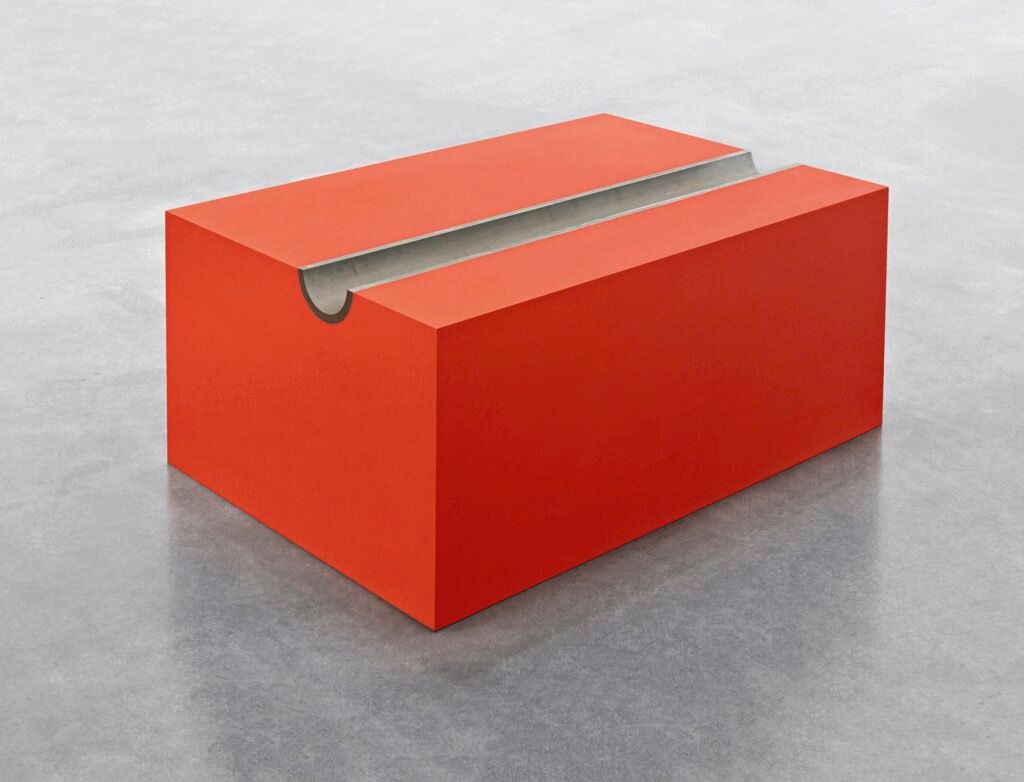
According to him, the object should be constructed with clarity and precision. He used industrial materials such as aluminum, iron, steel, and acrylic. For Judd, what mattered was structure, the relationship with space, and the absence of metaphor.
This approach deeply influenced the language of Minimalism. Its main principle was to eliminate any trace of subjective or decorative expression. In this context, the artwork represents nothing but itself.
As he famously stated, “form and content are one and the same.” This does not mean, however, that Judd’s pieces are simple. On the contrary: their repetitive, symmetrical, and spaced forms demand extreme attention from the viewer. The sculpture imposes itself not through gesture, but through presence.
According to a study by the Yale University Art Gallery, in 2021, the initial reception of Judd’s work was polarized. Many critics failed to grasp the purpose of such stripped-down structures. Yet over time, his approach came to be recognized as a rigorous reformulation of modern art. The pursuit of clarity, order, and objectivity made it possible for sculpture to stop being just a body in space and instead begin to structure space itself.
Donald Judd and Sculpture as Architecture: Space, Time, and Perception
By working with repetitive modules and orthogonal forms, Donald Judd transformed the way people relate to art. His installations required the viewer to move, observe the gaps between forms, and perceive the reflections and light around the structures.
In other words, his sculpture became a sensory and temporal experience. This led many scholars to draw connections between his work and architecture, as highlighted in a study by the Harvard Graduate School of Design, in 2020, which analyzes how Judd organizes volumes and surfaces to create a functional sense of space.
It is impossible to think of Judd without recalling what he did in Marfa, Texas. There, he transformed former military hangars into permanent exhibition spaces for his work and that of other minimalist artists. By designing environments according to highly precise spatial criteria, he made the artwork something not merely to be seen, but to be lived.
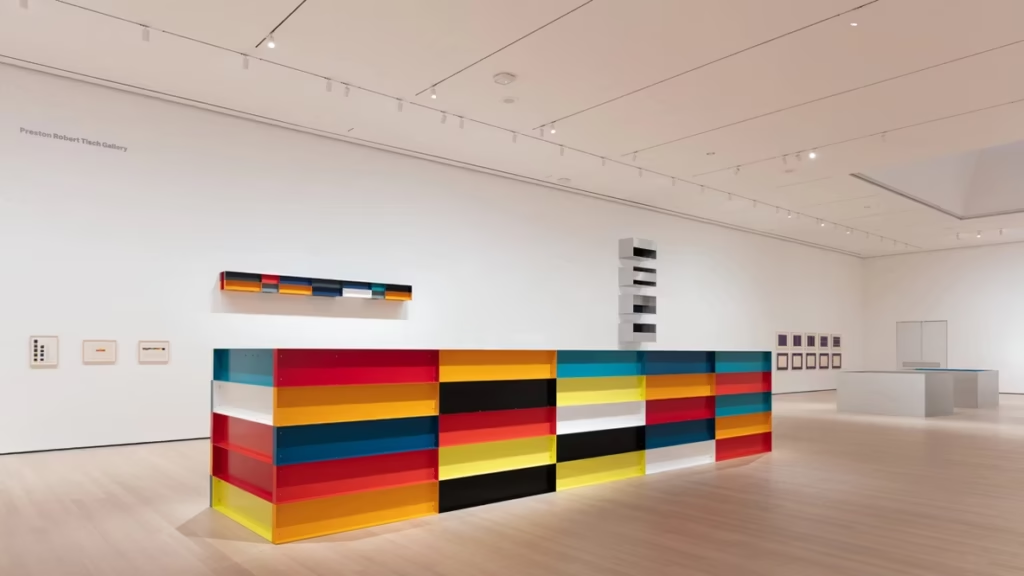
Every distance, height, and angle was carefully calculated to alter the viewer’s perception, reinforcing Judd’s belief in the autonomy of art as a concrete form of thought.
This notion — that sculpture is inseparable from the space it inhabits — has influenced not only art but also contemporary design, museography, and architecture. His formal clarity and use of industrial materials also anticipated current debates around sustainability and permanence in art.
It is important to understand that Judd’s radicalism lies in his insistence on objectivity. In a world saturated with images and interpretations, his art proposes a return to what is essential.
The pure form, the silent volume, the empty space — all of these elements become a language. And in that language, minimalist sculpture finds its most powerful voice.

